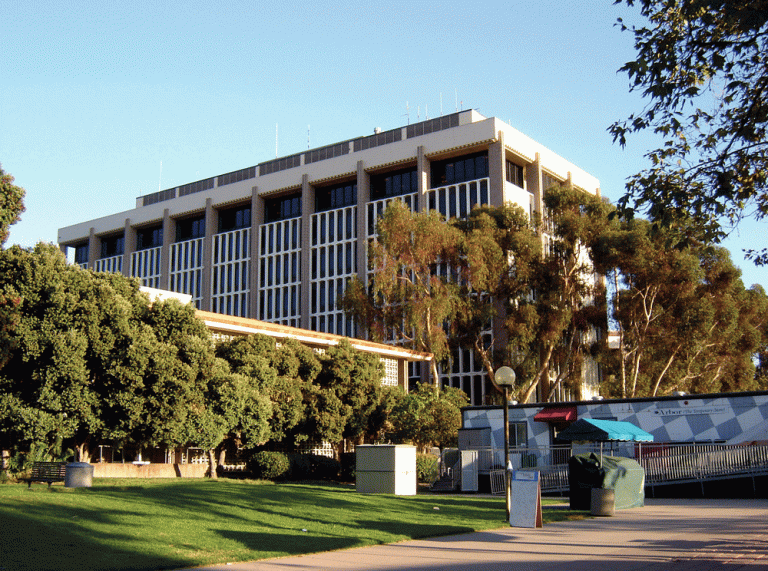
Shomik Mukherjee
Executive Managing Editor
In a digital world, libraries are oft-pressed to adapt to changing times — and the University of California, Santa Barbara library is taking on the challenge itself. After 16 years with its current search system, the library will upgrade in July to a newer program that will streamline electronic journal articles.
The library will incorporate the product Primo to allow users to search for multiple forms of academic material in a single interface. Previously, the library had been using the management system Aleph to provide search tools. Both are products of the ProQuest company ExLibris, which will also provide a new database management system, Alma, to the library starting this summer.
Primo enjoys an “all-in-one” descriptor, which means students using the UCSB Library’s resources will not need to use multiple search boxes or switch interfaces to compile their research from the library’s catalog. Instead, the new system will supply a “one-stop” functionality, according to a university press release.
“People’s expectations in searching online have become very different,” explained Rebecca Metzger, the Assistant University Librarian for Outreach and Academic Collaboration. Aleph, the current system, functions by providing numbers to the user that indicate the number of copies in store — a search process that Metzger said isn’t “intuitive.”
The new system will combine search functions, so a user will be able to search for multiple forms of information — journal articles, books — in a single search.
“You’re opening up the world of information,” Metzger said.
The UCSB Library is chock-full of information, reportedly holding nearly 3 million volumes of information. But the digital world is rapidly advancing, and library book circulations are declining everywhere. Electronic journals are far more in vogue for retrieving peer-reviewed research, Metzger said, since “you wouldn’t want to get a whole physical journal for one article.”
Electronic books have also become more prevalent. Currently, the library is attempting to garner more circulation of e-books, establishing a digital collection to supplement its existing physical counterpart.
“The general trend is that access of online material is going up,” Metzger said, “and physical check-outs are going down.” She did note that there will “always” be a need for physical materials, since art history majors might prefer a physical copy of a book to one downloaded as a PDF.
When it comes to funding, libraries have seen better days. In July 2016, the Goleta Public Library faced financial struggles and even considered closing for certain time periods to avoid shortfalls.
The UCSB Library has encountered its own problems, at times not being able to keep up with subscription costs for online academic journals. The subscription prices have increased at around seven percent a year, Metzger said, but the school’s budget for collections has remained largely the same for a decade.
When new academic programs open at UCSB, the library has to put up the cash to accommodate the research that goes along with them. The university’s Technology Management Program, which in January began offering doctorate degrees, brought about a need for new collections.
Through it all, Metzger maintains the UCSB Library is thriving. She estimated a monthly traffic of 300,000 students.
“It’s a great problem to have,” she said.










